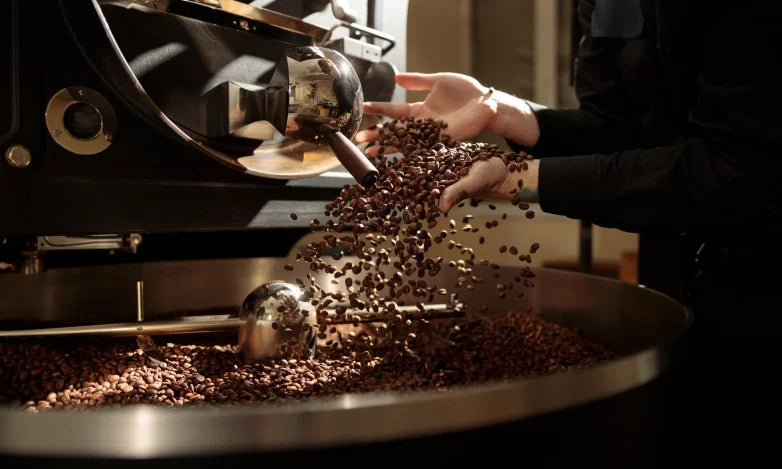
Introduction: Coffee roasting is a delicate balance of art and science, where roasters meticulously craft the perfect roast level to unlock the flavours inherent in each bean. But how do roasters determine the ideal roasting level for each coffee bean? In this article, we'll explore the factors that influence roasting decisions, backed by research and industry insights.
Understanding Bean Characteristics: Roasters begin by analysing the unique characteristics of each coffee bean, including its origin, variety, altitude, and processing method. Research published in the Journal of Food Science found that these factors significantly impact the chemical composition of coffee beans, influencing flavour development during roasting.
Assessing Moisture Content and Density: Moisture content and bean density play crucial roles in roasting decisions. Studies have shown that beans with higher moisture content require longer roasting times to achieve optimal flavor development, while denser beans may require higher temperatures to ensure uniform roasting. Roasters utilise advanced moisture meters and density gauges to assess these parameters accurately.
Monitoring Color Changes: Visual cues are essential in determining roasting levels. As beans roast, they undergo color changes, progressing from green to yellow, then to various shades of brown. The Maillard reaction, a chemical process that occurs during roasting, contributes to the development of flavour and color in coffee beans. Roasters use color analysers and roast profiling software to monitor these changes and adjust roasting parameters accordingly.
Taste Testing and Cupping: Ultimately, taste is the ultimate arbiter of roast quality. Roasters conduct extensive cupping sessions to evaluate the flavour, aroma, acidity, body, and aftertaste of roasted coffee samples. This sensory analysis helps roasters fine-tune their roasting profiles and ensure consistency across batches.
Balancing Flavour Preferences: Roasters must also consider consumer preferences when determining roast levels. While some coffee enthusiasts prefer light roasts that highlight the unique characteristics of each bean, others prefer darker roasts with rich, bold flavours. Market research studies have shown that consumer taste preferences vary widely, influencing roasting decisions in the industry.
Conclusion: Coffee roasting is a nuanced process that requires careful consideration of bean characteristics, moisture content, density, color changes, and consumer preferences. By leveraging a combination of scientific knowledge, advanced technology, and sensory evaluation, roasters can determine the optimal roast level for each coffee bean, ensuring a delightful and consistent coffee experience for consumers. So, the next time you savour a cup of coffee, know that behind its rich flavour and aroma lies the meticulous craftsmanship of a skilled roaster.







